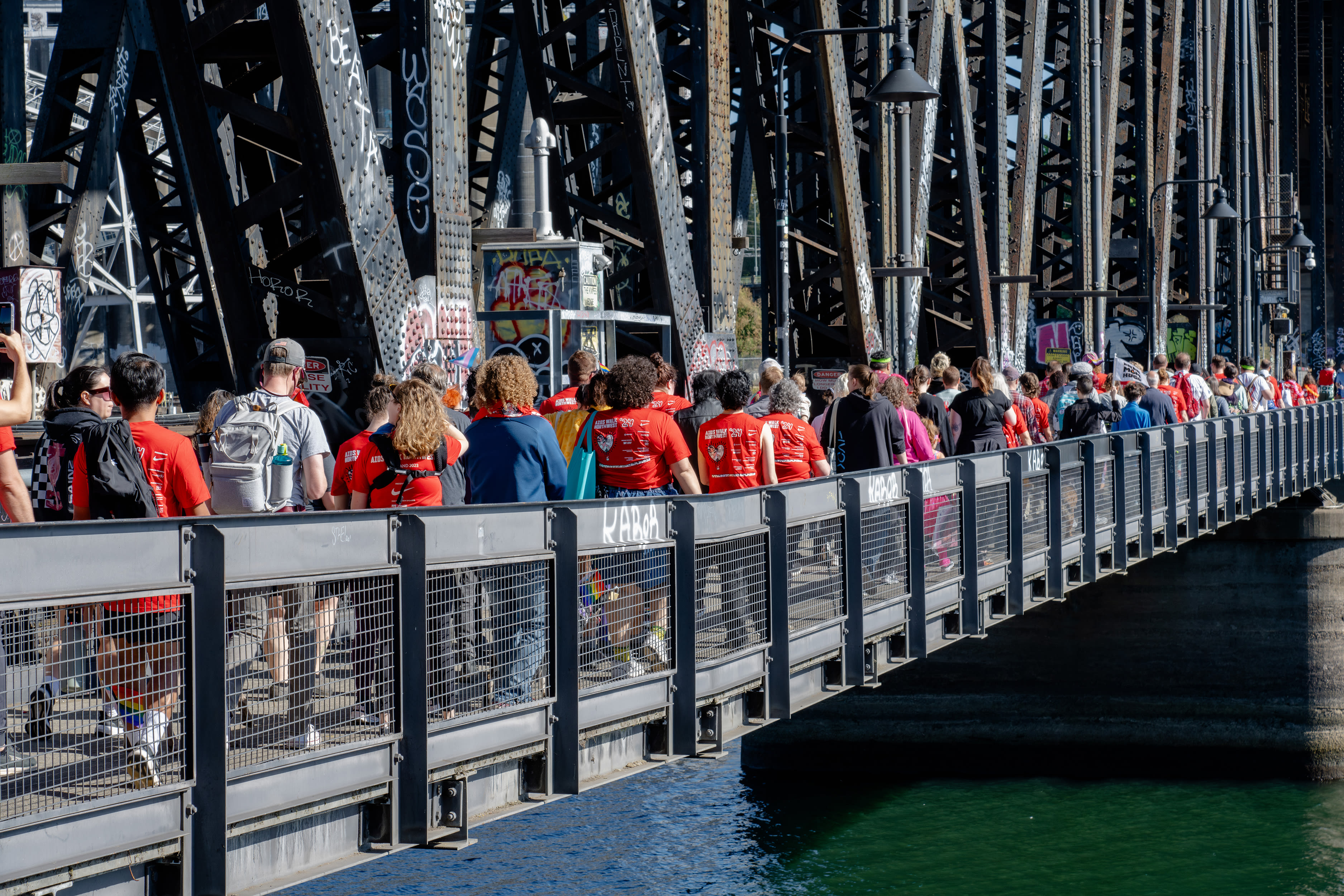A New Kind of Tourniquet for the Modern Battlefield

Image: Courtesy Ziba
Sam Scheinberg, CEO of Wilsonville’s Sam Medical Products, supplies surgical gear to US military forces. On today’s battlefields, improvised explosive devices inflict new kinds of wounds—pelvic fractures with arterial bleeding, notably, have become the leading cause of preventable combat deaths. The standard-issue tourniquet for such wounds was an unwieldy multipart contraption, difficult to assemble in the field. Scheinberg saw his chance to sell the Marine Corps on a new product. It needed to be “bombproof and braindead.”
Enter Ziba, the acclaimed Portland-based industrial design firm. Ziba’s Niklas Gustafsson started making prototypes out of duct tape. “It’s not about the coolest look,” he says. “It has to be rugged, intuitive, light, and small, because the medic’s bag is already 40 pounds. Something goes in, something else comes out.” The belt-like device Ziba landed on straps around a wounded soldier, tightens to a maximum pressure of 33 pounds (“Overtightening is also dangerous,” Gustafsson notes), and features an inflatable ball that pinpoints the arteries. Weight: 1.1 pounds. Time to apply: less than 30 seconds. The US Army approved the Sam junctional tourniquet for use in December, and it made its battlefield debut—saving a life—in January.




